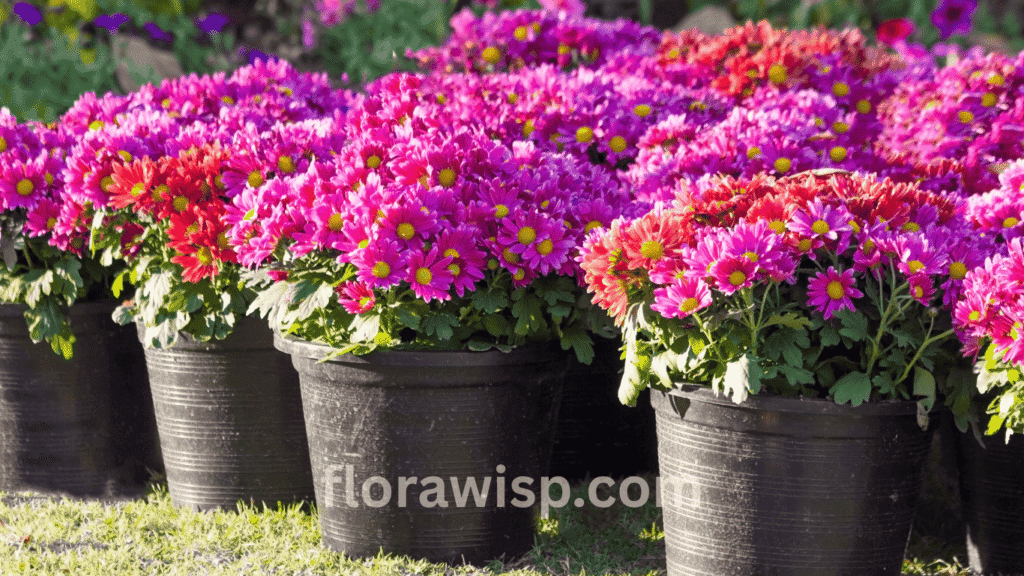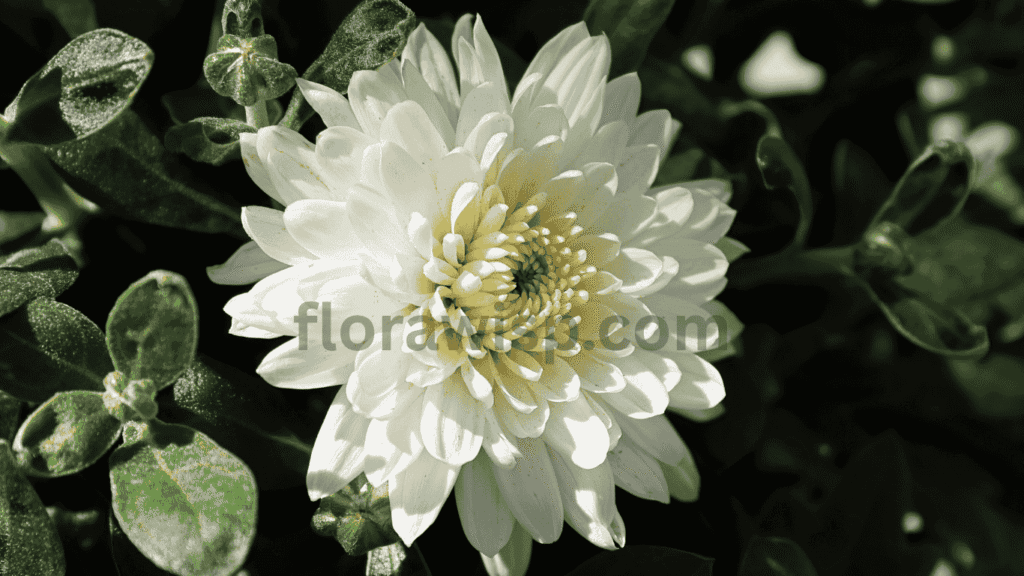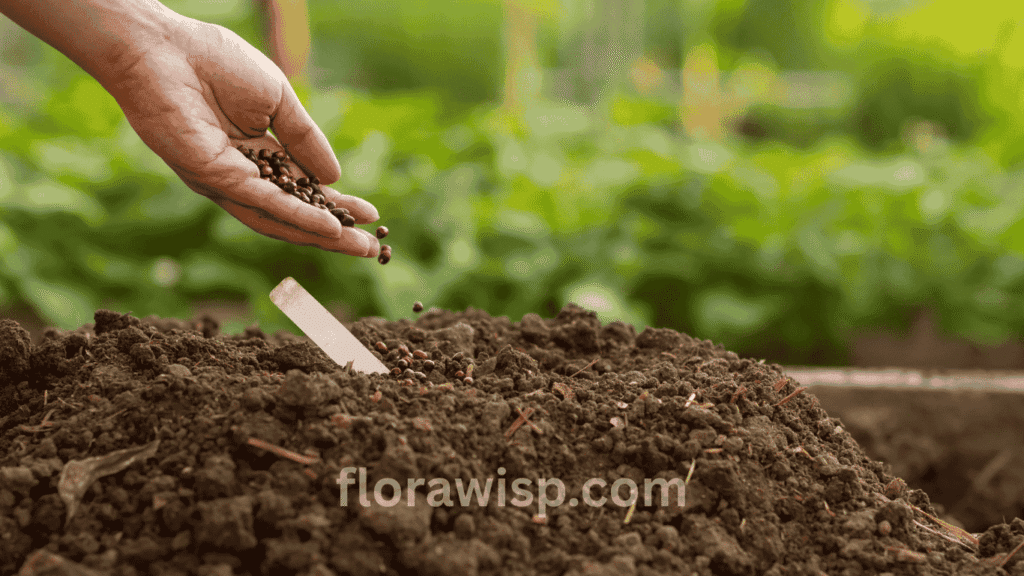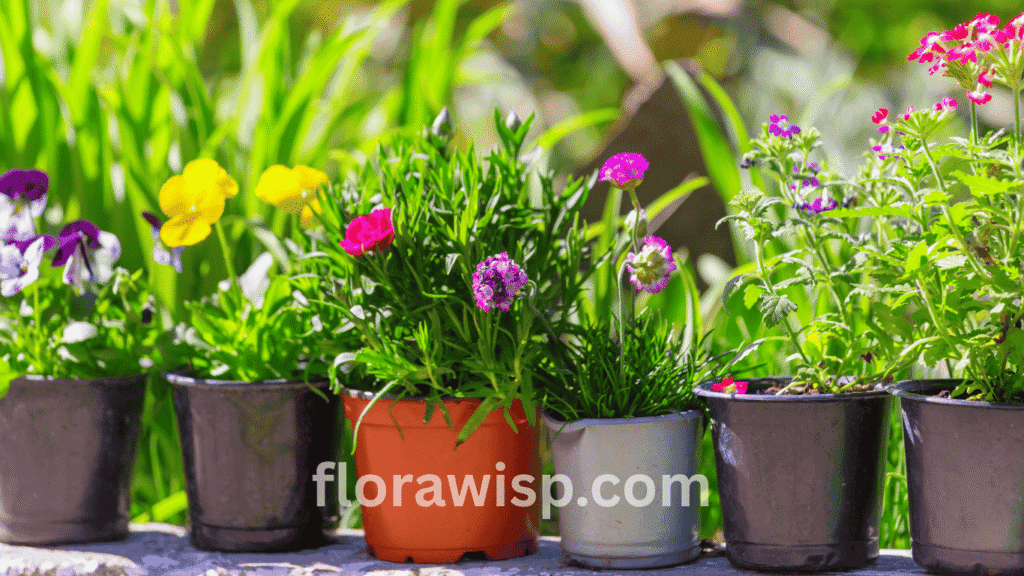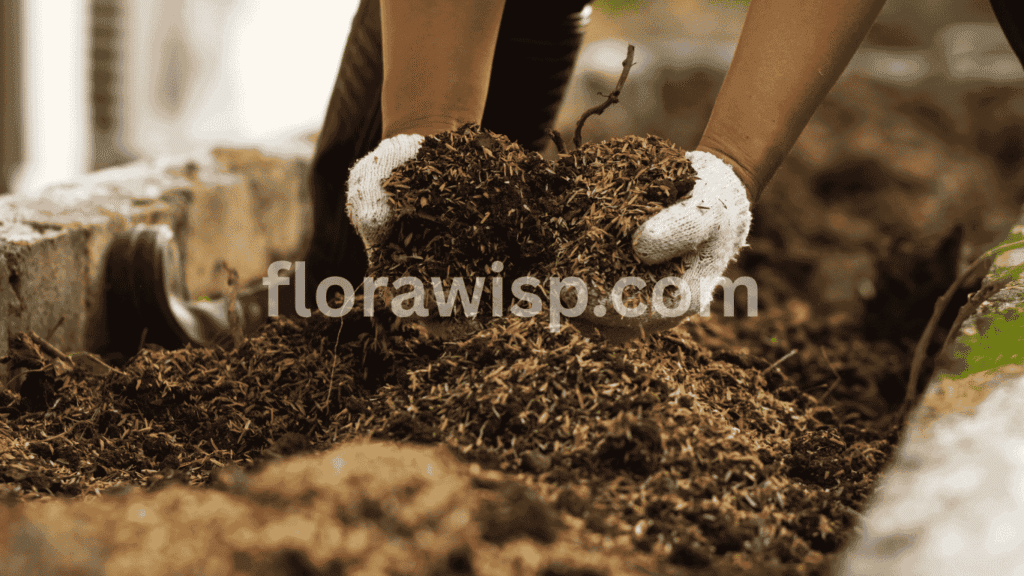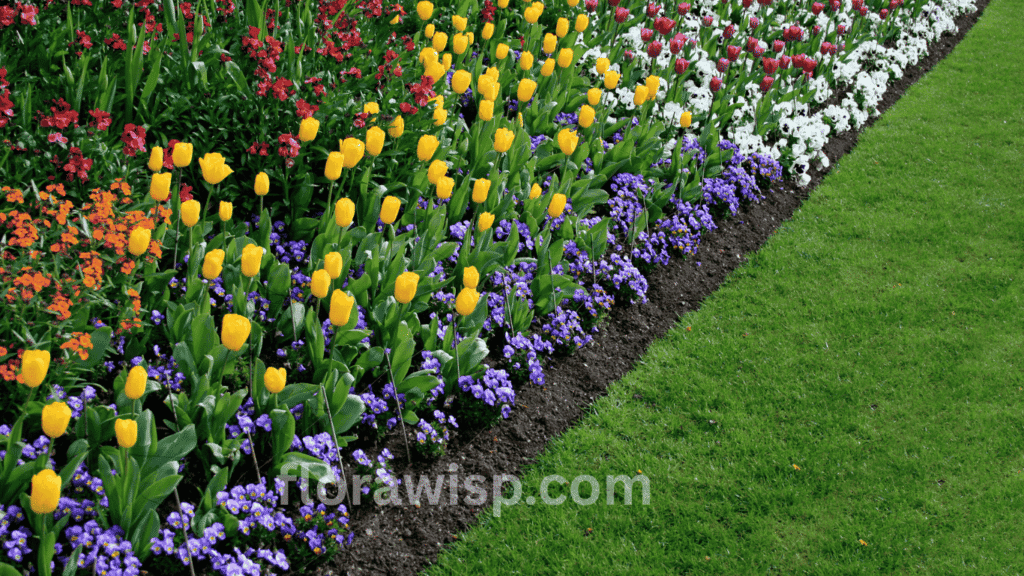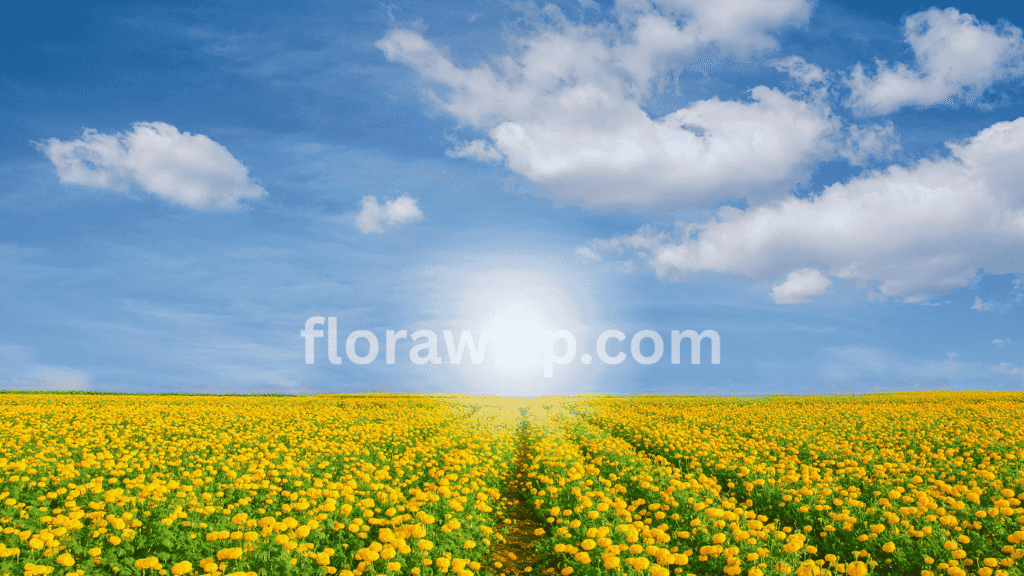Zinnias in pots bloom brighter with fewer pests, healthier roots, and flexible sun control. Learn the surprising advantages and why many gardeners now prefer pots over garden beds. There’s something incredibly satisfying about growing zinnias in pots. Whether you have a sprawling backyard or a small city balcony, these vibrant, sun-loving blooms make an instant impact.
In This Article
I’ve been growing zinnias in containers for over years, and they never fail to impress me with their resilience and showy color. Zinnias in pots offer flexibility and beauty while eliminating many of the problems that come with in-ground planting. From controlling pests to moving your blooms into the best sun spots, potted zinnias let you garden smarter not harder. In this guide, I’ll walk you through expert-level container gardening techniques that consistently deliver big, bold blooms. If you’re just starting out or looking to explore different varieties, I recommend checking out my complete guide on zinnia seeds.
Why Growing Zinnias in Pots Is a Smart Gardening Move
Compact Beauty with Big Impact
Zinnias in pots offer a vibrant burst of color without needing a full garden bed. Whether you’re working with a sunny balcony, a small patio, or simply want to brighten up a front porch, potted zinnias add instant charm and seasonal joy. Their ability to thrive in containers makes them an excellent choice for urban gardeners and those with limited space. For inspiration on what varieties to grow, explore these Types of Zinnias that perform beautifully in pots and containers.
Better Control and Fewer Problems
One of the biggest advantages of growing zinnias in pots is control. You can easily move the pots to chase the sun or protect them from heavy rain. Potted zinnias benefit from improved airflow, which helps prevent issues like powdery mildew and fungal diseases. Container gardening also allows for precise watering and soil management, reducing the risk of root rot or nutrient imbalance.
Ideal for Testing and Showcasing Varieties
Planting zinnias in pots lets you experiment with different colors, sizes, and types without redesigning an entire bed. It’s my go-to method for testing new varieties each season. Over time, I’ve created container combinations that draw in pollinators and turn heads at every angle.
If you’re wondering can you grow zinnias in pots, the answer is a confident yes. Their resilience, beauty, and adaptability make them a standout star in any container garden.
Choosing the Right Zinnia Pot: Size, Type & Drainage Essentials
Exploring Pot Types: Pros and Cons
Zinnias in pots respond differently depending on the material used. Here’s what you need to know:
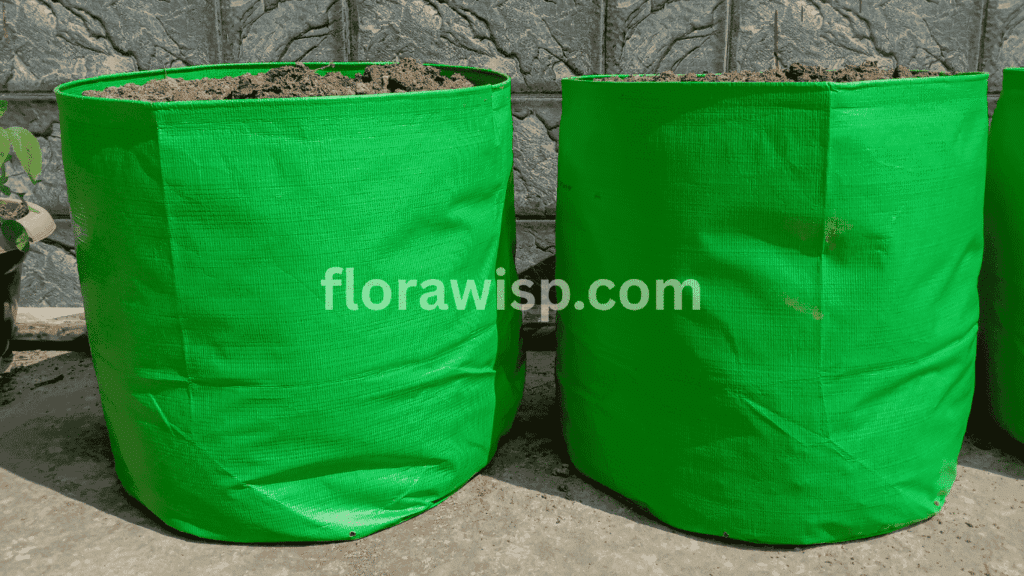
- Plastic pots: Lightweight, retain moisture well, and are cost-effective. Great for hot, dry climates.
- Terracotta pots: Classic and breathable, but they dry out quickly and can crack in cold weather.
- Fabric grow bags: Offer excellent drainage and root aeration, perfect for growing vigorous blooms.
- Glazed ceramic pots: Beautiful and stable but may require more frequent watering due to shallow depths.
The Best Pot for Zinnias
For healthy roots, choose a zinnia pot that’s at least 12 inches deep and 8–10 inches wide. Drainage holes are non-negotiable, poor drainage is one of the top causes of plant stress in container-grown zinnias.
My Go-To Pot for Zinnias
Personally, I prefer fabric grow bags for their breathability and root-friendly structure. They’ve given me the best bloom size and plant health, especially in peak summer.
Checklist: How to Choose the Right Pot
✓ Deep enough (12+ inches) for root development
✓ Multiple drainage holes
✓ Stable base to prevent tipping
✓ Compatible with full sun exposure
✓ Made from non-toxic materials
✗ Shallow containers that restrict roots
✗ No drainage (retains too much water)
✗ Glossy decorative pots without airflow
Whether you’re planting zinnias in pots for beauty or experimentation, starting with the right container sets the stage for lush, trouble-free growth.
Soil Secrets: What Zinnias in Containers Really Need
Learning the Hard Way: My Soil Mistake
In my early days of container gardening, I made the big mistake using dense garden soil in pots. My zinnias in pots looked fine for a week, but soon wilted under heavy, soggy conditions. It taught me that growing zinnias in pots requires a completely different approach to soil than in-ground beds.
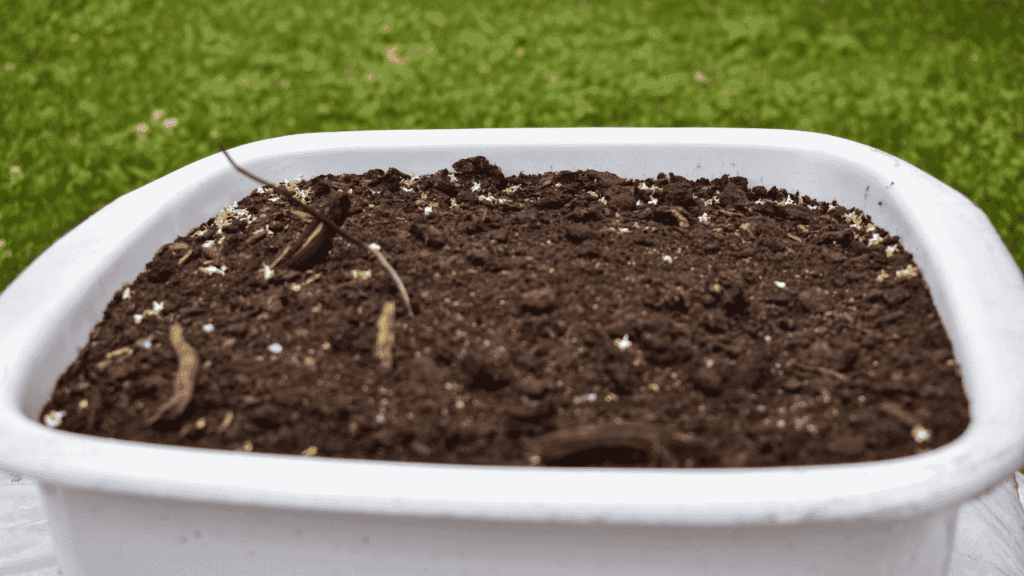
Why Container Soil Is Different
Container-grown plants don’t have the luxury of deep, naturally draining earth. That’s why soil for zinnias in pots must be loose, nutrient-rich, and well-aerated.
Pros of Container Soil:
✓ Better drainage
✓ Easier to amend with compost or fertilizer
✓ Fewer weeds and soil-borne diseases
Cons:
✗ Dries out faster
✗ Needs seasonal replenishment
✗ Fertility can fade quickly without care
My Proven Soil Mix for Zinnia Success
Here’s my go-to blend:
- 60% high-quality potting mix
- 20% compost
- 20% perlite or coarse sand
At planting, I mix in a slow-release organic fertilizer. This combination has consistently delivered stronger stems, vibrant foliage, and abundant blooms.
Quick Tips from My Garden:
From experience, I’ve learned that refreshing your container soil every growing season is non-negotiable Old potting mix often harbors pathogens and lacks nutrients. If you live in a hot, dry climate, steer clear of peat-heavy blends, as they tend to dry out too quickly and stress your plants. To keep watering on point, I always check moisture levels by pressing my finger about an inch into the soil; if it feels dry, it’s time to water. These simple habits have made a noticeable difference in the health and bloom quality of my zinnias in pots.
How to Plant Zinnias in Containers: Step-by-Step
A Proven Planting Method That Works Every Time
Over the years, I’ve planted hundreds of zinnias in pots, and one thing’s clear: success starts with the right process. Whether you’re new to container gardening or refining your technique, planting zinnias in containers is straightforward and rewarding when done right.
Step 1: Choose the Right Spot
Zinnias need full sun at least 6 hours daily. Place your container where it gets maximum sunlight exposure from day one.
Step 2: Fill Your Pot with Ideal Soil
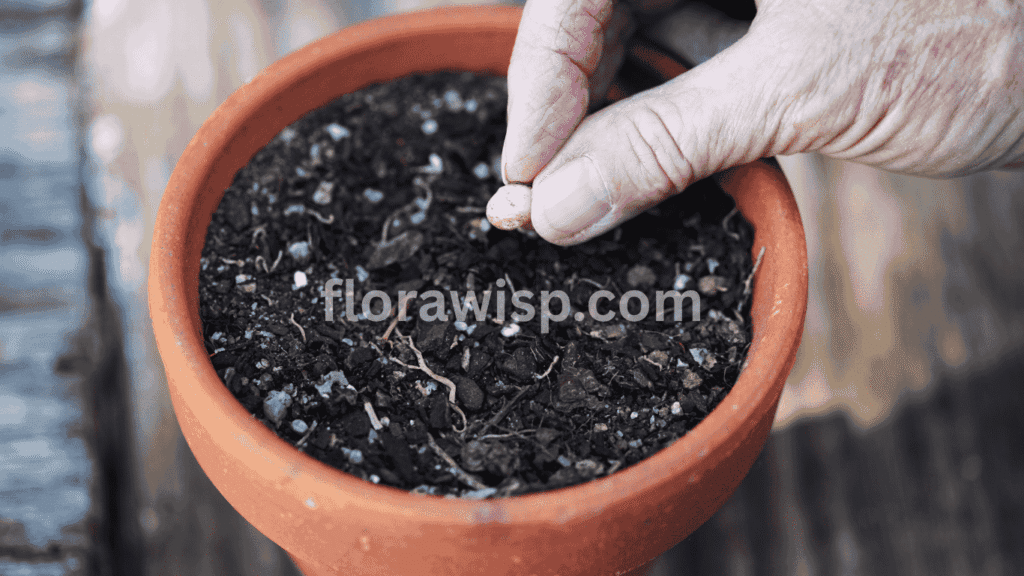
Use a well-draining mix made of potting soil, compost, and perlite. Studies show zinnia seed germination rates increase by 30% in loose, nutrient-rich soil compared to compact or reused mix.
Step 3: Sow or Transplant with Care
You can directly sow seeds or transplant seedlings. For compact varieties, direct sowing is best. Plant seeds about ¼ inch deep and space them 4–6 inches apart. Taller types do better as transplants to give roots a head start.
Step 4: Water Properly After Planting
Water the soil gently but thoroughly until it’s evenly moist and not soaked. In warm conditions (70–85°F), germination typically occurs within 5–7 days.
Beginner Tip:
Always label your containers by variety. I once grew three types of zinnias ‘Thumbelina,’ ‘Benary’s Giant,’ and ‘Lilliput’ in identical pots without tags. By mid-season, I couldn’t tell which variety responded best to my local climate or watering schedule. Now, I always tag each zinnia pot. It helps me track bloom performance, spacing needs, and even identify which ones attract the most pollinators. It’s a simple habit, but it’s made my container gardening far more intentional and fruitful.
Daily Care for Potted Zinnias: Beyond Just Water & Sun
Sunlight Isn’t Optional It’s Foundational
Zinnias in pots demand full sun 6 to 8 hours daily is the sweet spot. But it’s not just about exposure; it’s also about consistency. I’ve noticed that even short afternoon shade can slow down bloom production, especially in taller varieties like ‘Benary’s Giant’. South-facing spots work best.
Smart Watering for Lush, Healthy Blooms
Water when the top inch of soil is dry. On scorching days, I test moisture twice, once in the morning and again before sunset. Shallow pots dry out faster than deep ones, so adjust your routine accordingly. A moisture meter helps if you’re not sure, but trust your finger most.
Circulation Is the Secret Weapon
Most gardeners forget airflow. I’ve seen mildew take over zinnias that were perfectly watered but packed too tightly. Always space your potted zinnias at least 8 inches apart. It’s not just about disease control it also encourages stronger stems and uniform flower development.
Daily Details That Most Overlook
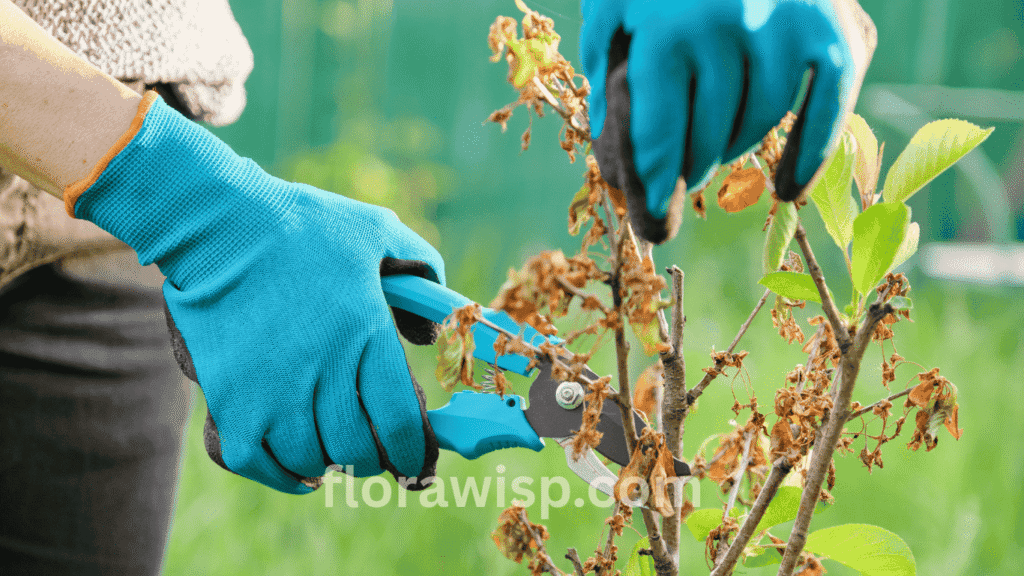
✓ Deadheading: The more you cut, the more they bloom. I snip faded heads every morning. It’s a 30-second habit that leads to continuous flowering throughout the season.
✓ Staking: Taller zinnias, especially in containers, lean quickly under strong winds or heavy blooms. I use thin bamboo stakes for subtle support that blends into the plant naturally.
✓ Rotation: Every few days, rotate your container about 90 degrees. This ensures even sun exposure, prevents legginess, and encourages symmetrical, upright growth.
✓ Check Soil Moisture: Get in the habit of touching the soil every morning. If it feels dry one inch below the surface, it’s time to water.
✓ Inspect for Pests: A quick daily scan can help you catch early signs of aphids or powdery mildew before they spread.
Curiosity Answered: Why are your potted zinnias leaning toward one side? It’s almost always uneven, light or overcrowded. A small adjustment in placement can revive their symmetry in days.
Mastering how to grow zinnias in a container goes beyond the basics. A few mindful habits separate average blooms from unforgettable ones.
Fertilizing Potted Zinnias
Fertilizing zinnias in pots isn’t about throwing nutrients at the soil, it’s about balance. I’ve seen gardeners chase bigger blooms by feeding too frequently, only to end up with leggy plants and few flowers. The truth? Overfeeding pushes foliage, not blooms. Read my complete guide on the best fertilizer for flowers to discover how to nourish your zinnias for maximum bloom without overdoing it.
What Actually Works for Zinnias in Pots
After years of testing, I’ve settled on a two-part approach:
- At planting, I mix in a slow-release organic fertilizer (like Espoma Flower-Tone). It provides a steady feed without shocking young roots.
- Every 14–18 days, I supplement with a diluted fish emulsion or a balanced liquid flower feed (5-10-5 NPK). This combo has consistently given me lush blooms, deep green foliage, and sturdy stems even in smaller containers.
Pro Tip: Water before and after fertilizing. Feeding dry soil can burn the roots especially in summer heat.
What to Watch For
If your potted zinnias have yellowing lower leaves or weak stems, you’re likely dealing with a nutrient imbalance or buildup. Flush the soil gently with plain water, skip one feeding cycle, and reassess.
Skip the hype. The secret isn’t more: it’s timing, dilution, and observation. That’s how growing zinnias in pots becomes more successful season after season.
Designing Container Gardens: What to Plant with Zinnias
Create Harmony, Height & Texture That Stuns
Zinnias in pots already steal the show with their bold blooms but when paired smartly, your container garden can become a full visual experience.
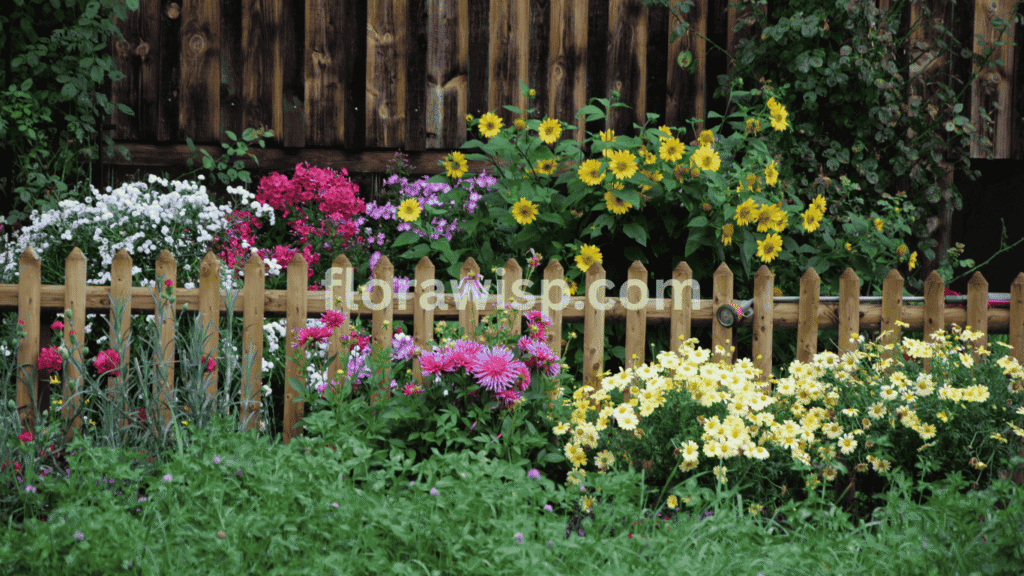
For height, I often use spiky purple salvia behind my zinnias; it adds vertical contrast without clashing. Around the base, trailing plants like calibrachoa, creeping jenny, or sweet alyssum spill over the pot’s edge, softening the structure and adding motion. I’ve also used sweet basil not just for its fresh scent, but for its natural ability to repel pests.
Design Rule : Stick to a three-tier combo:
✓ Thriller: Tall zinnias (like ‘State Fair Mix’)
✓ Filler: Rounded midsize herbs like oregano or dwarf marigolds
✓ Spiller: Trailing nasturtiums or ornamental vines
Keep your color palette intentional. Zinnias bring vivid reds, oranges, and pinks so go with silvers (dusty miller) or deep purples (verbena) for balance.
Designing with zinnias in containers is part art, part strategy and when done right, your patio will feel like a curated botanical showcase.
Dealing with Common Problems
From My Garden Trials
Growing zinnias in pots brings incredible rewards but they do have their challenges. One season, I lost half a batch to an issue I now rarely see mentioned online: root compaction in reusable plastic pots. That’s when I learned the hard way that refreshing soil and loosening roots before replanting is essential.
Yellow leaves? It’s not always overwatering. Sometimes it’s heat stress or fertilizer burn. I’ve found that switching to a half-strength feed during heat waves keeps foliage crisp and green.
Powdery mildew tends to strike during humid weeks. Beyond spacing, I mist my foliage early in the morning with diluted chamomile tea, a trick passed down from an old gardener in my family. It’s gentle and surprisingly effective.
Aphids? I plant a pot of catnip or chives nearby. Their strong scent distracts and deters soft-bodied pests. And if you’ve got curled zinnia leaves with no sign of bugs check for spider mites hiding under the foliage, especially in dry heat.
Don’t just react to problems, learn the rhythms of your zinnias in pots. That’s where container gardening goes from frustrating to truly fulfilling.
Where to Buy Healthy Potted Zinnias or Seeds Online
If you’re ready to buy potted zinnias for your container garden but aren’t sure where to start, I’ve been down that road. Over the years, I’ve tested dozens of sources, some great, some disappointing. Now, I rely only on a handful of trusted names.
For potted zinnias for sale, I recommend checking your local nurseries first especially in early spring. They often carry regional varieties that are already acclimated to your zone. If buying online, Proven Winners and White Flower Farm have consistently delivered healthy, pest-free plants to my doorstep.
When it comes to seeds, my go-to sources are:
- Baker Creek Heirloom Seeds (rare varieties and excellent germination rates)
- Botanical Interests (clear labeling and eco-friendly packaging)
- Johnny’s Selected Seeds (bulk options and grower-trusted quality)
A few seasons ago, I planted two containers side by side, one with seeds from a discount vendor and one from Baker Creek. The difference was night and day: the Baker Creek zinnias bloomed earlier, had sturdier stems, and produced 30% more flowers.
Buying Tip: Look for strong green leaves, no yellowing, and thick stems. Skip anything that looks limp, rootbound, or has webbing under the leaves.
Start with quality, and your zinnias in pots will reward you with a stunning, low-maintenance display all season long.
Conclusion
Zinnias in pots are one of the simplest joys in container gardening. With a bit of planning, the right soil, and consistent care, these flowers can thrive just about anywhere. From sunny patios to apartment balconies, their adaptability makes them ideal for beginner and seasoned gardeners alike.
Over the years, I’ve turned to container zinnias for vibrant displays and hassle-free maintenance. They’re tough, beautiful, and forgiving. Whether you’re experimenting with a new variety or dressing up your front porch, growing zinnias in pots is a colorful adventure well worth the effort.
FAQs
Q1. Can you grow zinnias in pots successfully as a beginner?
Yes, zinnias in pots are one of the easiest flowers to grow for first-time gardeners.
Start with a 10–12 inch pot, fill it with a well-draining potting mix, and place it where it gets full sun. I began my own container gardening journey with zinnias and their fast growth and bold blooms gave me quick wins. Just water when the top inch feels dry, and you’ll enjoy vibrant flowers within weeks.
Q2. What is the best pot size for growing zinnias in containers?
For most zinnias in pots, use a container at least 12 inches deep and 10 inches wide.
I use deeper pots for taller varieties like Benary’s Giant, as shallow pots dry out too fast and restrict root growth. For compact types, 8-inch pots work, but anything smaller leads to stress. The right pot size means stronger stems, more blooms, and fewer watering issues during peak summer.
Q3. Can you plant zinnias in a pot with other flowers or herbs?
Yes, zinnias in pots thrive alongside sun-loving herbs and companion flowers.
I often grow basil or oregano with dwarf zinnias. They help deter pests while adding beauty and fragrance. Just pair them with plants that like the same care: full sun, light soil, and regular watering. Avoid mixing with shade-lovers or thirsty plants like impatiens; they compete and make care harder.
Q4. How often should I water potted zinnias in summer?
Water potted zinnias when the top inch of soil feels dry usually every 1–2 days in peak summer.
On especially hot weeks, I check every morning. Consistent moisture prevents wilting and supports continuous blooming. Once, during a heatwave, I missed just one day and my zinnias dropped dramatically. A good rule: water deeply, not lightly, and make sure pots have drainage holes.
Q5. Are potted zinnias available for sale online?
Yes, potted zinnias are widely available online during spring and summer from reliable nurseries.
I’ve had great results ordering from Proven Winners and local greenhouse growers who ship regionally. Look for healthy, bushy plants with no yellowing or pests. When buying online, I always ask about packaging methods damaged roots during shipping can ruin the head start potted zinnias should give you.
References
University of Florida IFAS Extension : Zinnias: Easy Annuals for Florida Gardens
Johnny’s Selected Seeds : Growing Zinnias: Culture and Varietal Guide
Botanical Interests : How to Grow Zinnias
Gardener, M.Sc. Horticulture
Elara Bennet is a gardening writer from Austin, TX, passionate about sustainable lawns and blooms. Read full bio →

